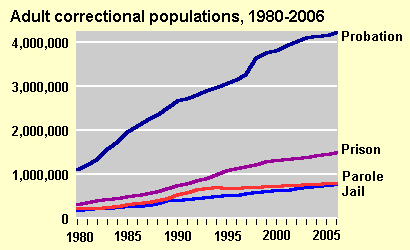I couldn’t resist witting something about this when I saw today’s press release from HHS which announced that Terry Cline, Ph.D., the administrator of HHS’ Substance Abuse and Mental Health Services Administration is leaving that post, and starting August 31st he will be the HHS Health Attaché and representative at the U.S. Embassy in Baghdad, Iraq.
On the serious side, I’m sure he will do good things to help improve the healthcare system in Iraq. But on the less serious side, someone (maybe Jon Stewart?), needs to ask how did this happen? How bad did he step on someone’s toes to get moved from Rockville, MD to Bagdad?…

